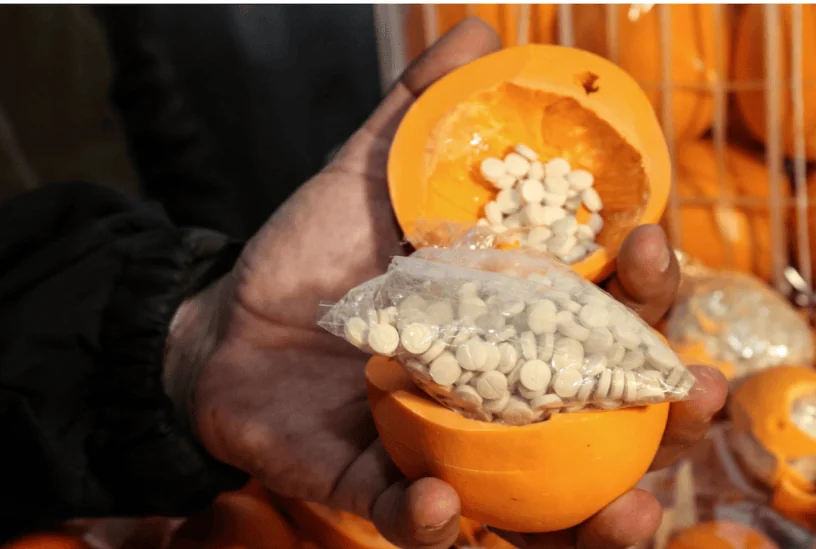Portfolios
Explore our Portfolios
Crime-Conflict Nexus
The relationship between criminal activity and conflict can be complex, but unpacking it offers much needed perspective on some of the key global political hotspots of today. Illicit activity, such as smuggling or production of drugs, weapons, antiquities, wildlife, and other products gives state and non-state actors access to alternative revenue streams that offer illicit actors’ both financial resources as well as influence. The individuals and networks behind these operations often gain credibility with their local communities, political influence, and access to arms, influence, money, and power that can be, and often is, leveraged to not only improve their political and economic standing, but also to alter the status quo within a state, or region— laying the groundwork for conflict and instability.
This nexus and its geopolitical implications are well at play in the world today; the Taliban’s involvement in the poppy trade in Afghanistan, the former Syrian regime and Hezbollah’s sponsorship of the captagon trade, and the Sinaloa and CJNG criminal cartels’ growing influence in North America have all introduced complex health, security, and governance challenges to the U.S. and its partners.
This portfolio examines and investigates the relationship among criminal activity, conflict, and insecurity. Our work seeks to shed light on the unique challenges that criminal actors pose to domestic security and U.S. interests abroad.
The Crime-Conflict Nexus Portfolio was created and is led by Caroline Rose.
Crime-Conflict Nexus Initiatives
Middle East Methamphetamines Project
Drone Trafficking Project
The Taliban Poppy Ban Project
Special Project on the Captagon Trade
The Captagon Trade Interactive Dashboard
The Captagon Trade Interactive Dashboard is the most comprehensive open-source data resource for all interdictions related to illicit flows of the amphetamine-type stimulant, captagon. Launched in December 2025, the dashboard pulls from open-source data compiled by the New Lines Institute Captagon Trade Project and Observatory for Political and Economic Networks that catalogue drug seizures, arrests, violent clashes, laboratory busts, and other captagon-related interventions. The dashboard reflects an interactive map of the captagon trade as well as charts, graphs, and other illustrations of how the change has quantitatively evolved over time. This tool can help researchers identify how the captagon trade has grown in the Mediterranean-Gulf zone, in addition to capturing new patterns in production, trafficking, and consumption. For ideal user experience, interact with this dashboard via PC.Mafiacracies Project
Submissions
The New Lines Institute for Strategy and Policy publishes work that combines geopolitical insight with subject-matter expertise. New Lines Institute publications examine tactical developments involving regimes, nonstate actors, local politics, ideologies, etc. Our work situates them in the strategic context of macro-level factors such as geography, populations, economics, military power, history, and culture. All our content must demonstrate analytical empathy and is geared toward advancing the cause of human security and stabilization and development on our planet. That said, we do not publish “op-ed” pieces, polemical content, or activist/advocacy work.
We welcome contributions from diverse experts with various sub-specialties to ensure that we consistently produce the highest-quality product. Our team firmly believes that expertise exists across the political spectrum and disciplinary fields; the key is to help our authors showcase it without indulging in partisan discussions. We expect our authors to focus on the how, why and (most importantly) the what next because our audience is already very familiar with the who, what, where, and when of the subjects we tackle.


